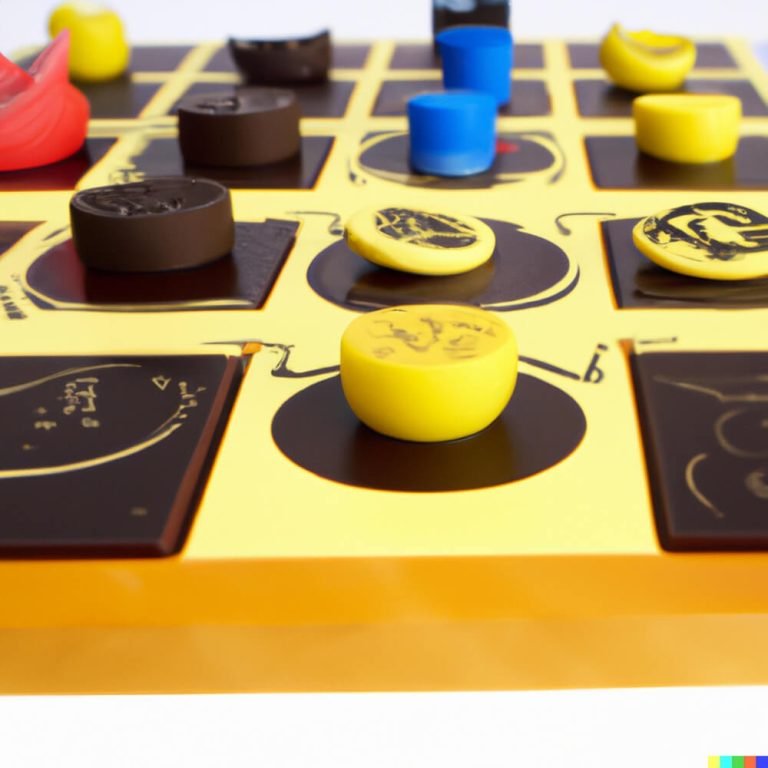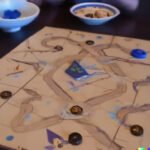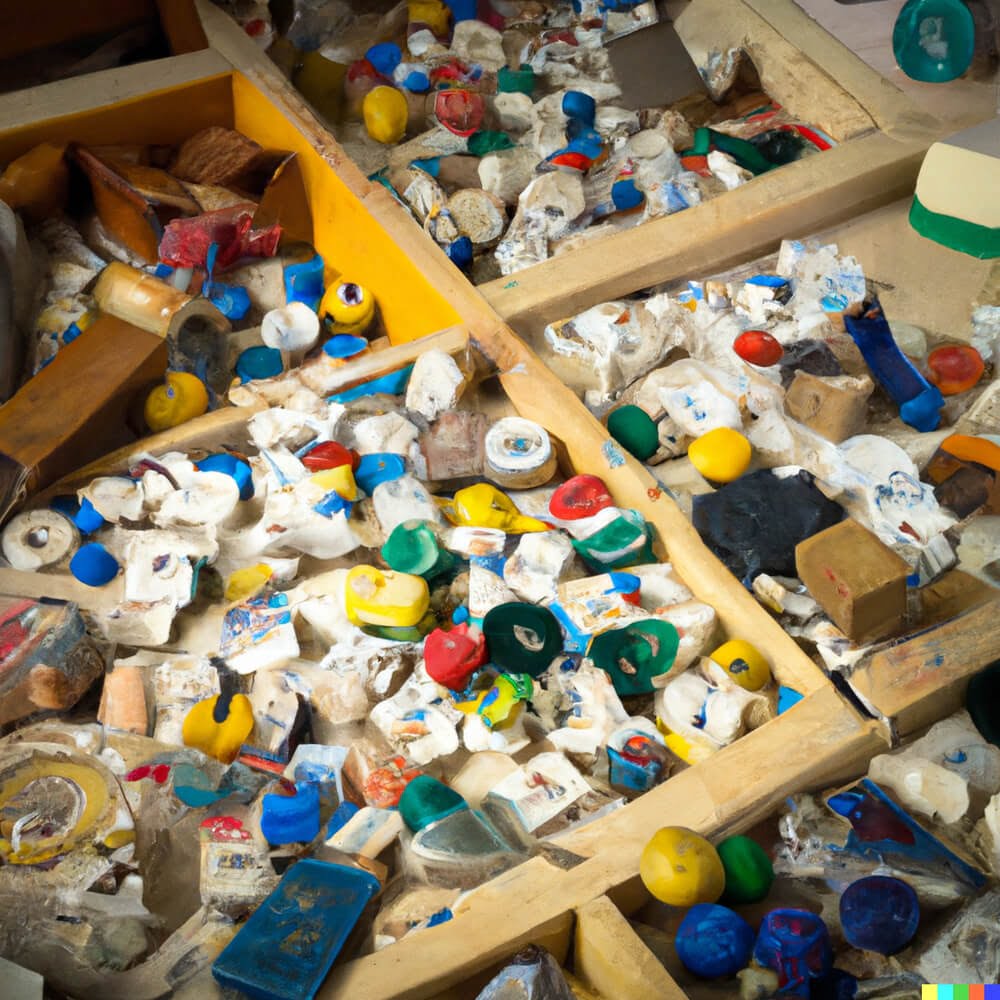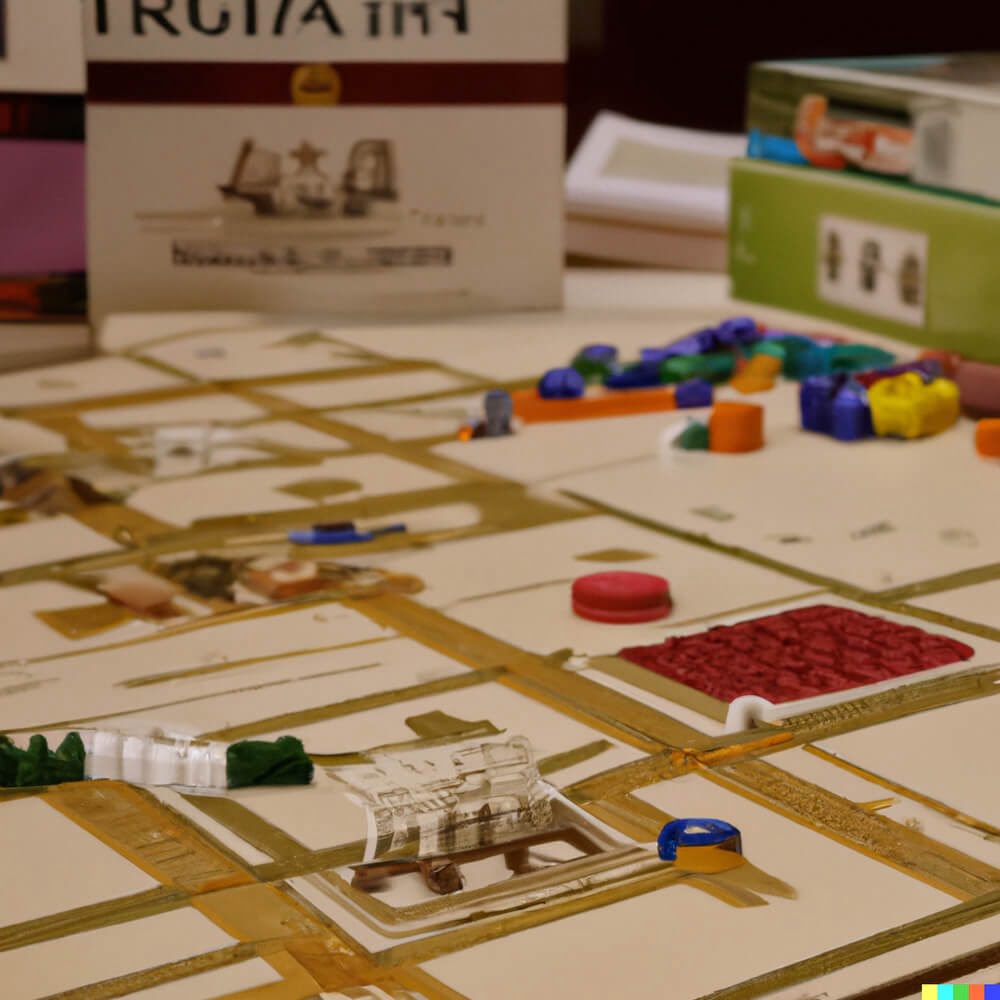Introduction to Board Game Character Pieces
Board game character pieces are figures which represent a player during a board game. These pieces can take different forms and shapes, like pawns, figurines, playing cards, metal tokens, etc., they serve as a tracking tool indicating how well the player is doing in the board game. This visual element can make the game more fun and engaging. Moreover, thanks to their artwork and design, character pieces can add an immersive quality to the gaming experience ” players can feel more like they are actually taking part in the action. Character pieces may offer extra strategic options for players too; for instance, having multiple pieces of different colors or designs allows members of one team to easily differentiate between each other when working together. Finally, character pieces can also be used in card or deck building games where they provide cues regarding a particular card or deck faction’s goals and strategy.
History and Evolution of Board Game Character Pieces
The humble beginnings of board game character pieces start with the first ancient board games such as Go, Nine Mens Morris and Senet. These games featured simple wooden gaming pieces of various shapes and sizes.
Over time, these pieces evolved as people began introducing new material technologies to their creations. As metalworking became more sophisticated, people made delicately decorated metal coins that slowly took the place of wood tokens. During this period artisans crafted intricate symbols on coins, often to represent characters or gods from various mythological cultures. These metal coins remained popular through the early middle ages and Renaissance period.
In the 1700s, pewter figures started to appear in board games. Figures like kings and knights were moulded into three dimensional figures, allowing players to assign personalities or characteristics to each piece according to their design. During this time, figures also began appearing in a variety of colors typically associated with certain roles or sides in a game, for example black and white for chess or red and blue for Risk.
The 20th century saw further advancements with one particular innovation standing out; the implementation of plastic figurines in mass-produced gaming sets during this period was revolutionary and it sparked a revolution in board game design that continues today. Plastic is both strong enough to stand up to wear and tear while also allowing easily customizable molds that can be used quickly when designing new gaming sets or series of character pieces for special editions or expansions. Nowadays character pieces come in all shapes sizes including collectable miniatures and 3D printed resin figures for miniature strategy games like Warhammer 40K; an evolution that is sure to continue creating exciting developments in gaming futures!
Benefits of Board Game Character Pieces
Board game character pieces can add a great deal of visual interest and uniqueness to a game. They provide players with something tangible to interact with, helping them better understand game mechanics and the game environment. Character pieces are often used to represent specific roles within the game, providing clarity on who’s turn it is and what abilities or challenges each player has when playing.
In addition, these character pieces can also be used for storytelling and character development as players progress though the game. Setting aside time for role-playing an imagined narrative gives the game a chance to come alive as each player interacts with their assigned characters in unexpected ways. Uniquely designed figures can trigger certain emotions or reactions from different players, making the gaming experience more engaging.
Using board game characters pieces ultimately adds depth and variety to gameplay, allowing gamers of all ages to express themselves through their unique creations within any given world or environment.
Types of Board Game Character Pieces
Figurines are a popular option for board game pieces. They come in a variety of sizes and shapes, including superheroes, animals, mythical creatures, and even recognizable characters from pop culture. Depending on the game they can represent players’ avatars or be used to denote an aspect of play such as individual turns.
Dice have been a classic choice for board games since the beginning of tabletop gaming. Typically numbered from one to six, dice are integral components of games involving probability and chance.
Jam tokens are miniature figurines that players use during play to mark their spaces or choose certain options depending on the board game. Commonly associated with movies, TV shows or other forms of media, these tokens can take many different forms– from colorful cubes to plastic monkeys or cats and dogs!
Miniature castles often appear in war-based board games as well as some fantasy-themed games. These tiny structures typically symbolize military locations or points of strategic importance inside the game’s narrative; usually featuring ramparts and semi-circular towers rather than intricately detailed models like those used for model railroad sets.
DIY Ideas to Create Board Game Character Pieces
1. Use foil and cardboard to make figures out of shapes. Cut the shape of the figure into a piece of thin cardboard (lid or an old cereal box), and cover it with a thin layer of foil. Trim off any excess around the edges to make it neat, and then you have your very own unique character!
2. Print out simple character designs on pieces of card stock cut into 2″ circles, glue them together back-to-back so they can stand up on their own, and embellish them with ribbon, pompoms, googly eyes, etc for more personality.
3. Poke small circles into bottle caps or cork sheets and insert colorful pom-poms or felt balls inside for characters that look like animals!
4. Use clothespins with painted faces for player pieces. It’s fun to express each character’s personalities with different colors and accessories such as ribbons or buttons for decoration.
5. Create checker game tokens by coloring two sides of paper circles with markers or washi tape; simply slip a marble inside the circle to keep it in place while playing the game!
Winning Strategies to Enhance Board Game Character Pieces
Many strategy games involve the use of character pieces, such as chess or checkers. One important strategy to consider is mobility – if a piece is not mobile enough, it can be difficult to win the game. For example, in chess, bishops are particularly versatile because they’re able to move diagonally across the board and can be used to capture other pieces. On the other hand, pawns may only move forward and can only capture pieces which are one square diagonally ahead of them. Another valuable strategy when using character pieces is the ability to set traps – intentionally setting up stumbling blocks that your opponent must contend with before they can achieve their goal. Finally, try using blocking strategies – using your own pieces to prevent your opponents from achieving their goals by literally ‘blocking’ them from moving forward or attacking you. With proper strategic planning and an understanding of how each characters’ piece works within the game rules, players are more likely to gain an advantage over their opponents which can lead to greater chances for winning the game!
Conclusion
Board game character pieces are an important part of the gaming experience for many players. These figurines or counters can help players become attached to the game and its characters, in a way that text and graphics cannot do alone. Character pieces allow gamers to bring a physical sense of ownership to the playing field and give them an opportunity to become more immersed in the gameplay. With this additional level of engagement, board games can provide a truly unforgettable gaming experience. As these pieces provide players with a tangible connection to their gaming environment, it’s no wonder they have remained such an integral part of board games throughout history – they are what bring our beloved board games to life!

I love playing all kinds of games – from classics like Monopoly to modern favourites like Ticket to Ride.
I created this blog as a way to share my love of board games with others, and provide information on the latest releases and news in the industry.





